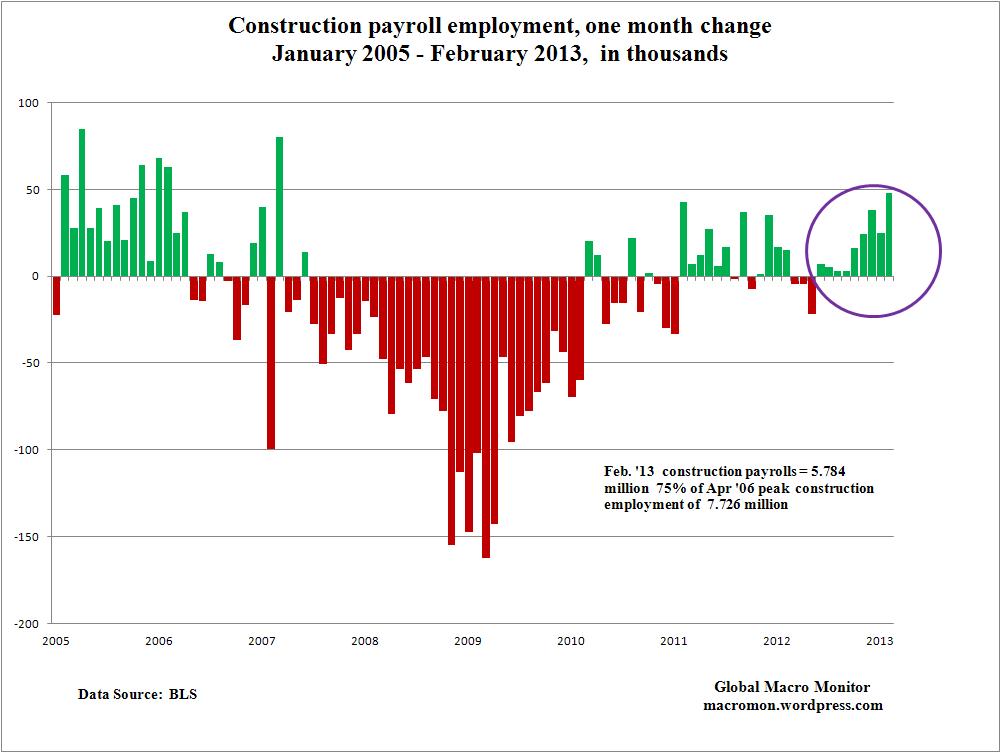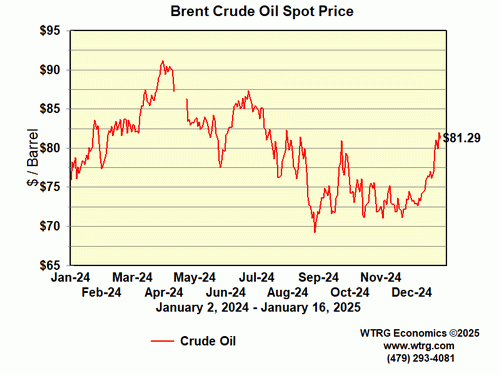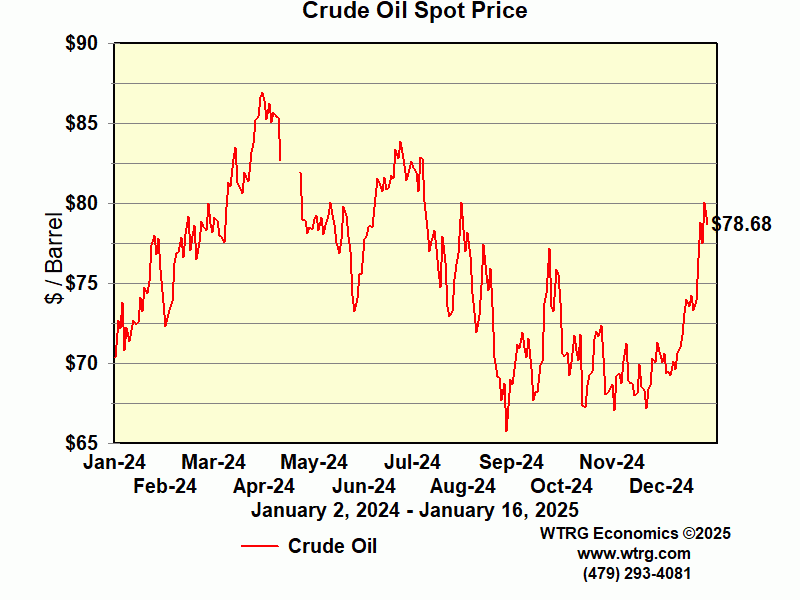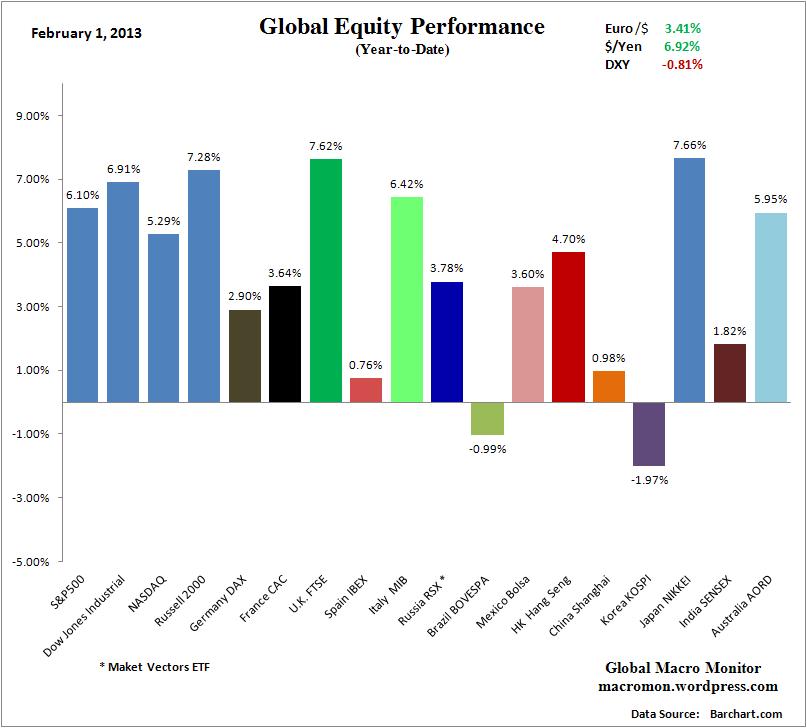Now that even Jack Brennan, chairman emeritus of low cost do it yourself king Vanguard Funds, has come out saying most people need an advisor, you know something has changed. When
picking an advisor, there are many good sources for the standard questions to
ask, including the SEC website. But after spending almost twenty years as an advisor and learning alot about the industry, I thought I would
mention some of the things I think you should look for when picking an
advisor.
The
first item I would review is whether the advisor is a broker or a Registered
Investment Advisor (RIA). There used to be two main distinctions between them,
but some of that is blurring. The first
big difference is in the level of responsibility. Traditionally, a broker only needed to
determine that an investment was suitable for the client before recommending
it. An RIA however, is held to a higher
fiduciary standard to act in the client’s best interest. So while a large cap mutual fund may be
suitable for a client, if it is the fifteenth one they would own, it would not
be in their best interest. The second
big difference was in how they were paid.
Brokers would be paid for completing a transaction, while RIA’s would be
paid a percentage of the assets they managed for you. Therefore, brokers worked in a system where
they were paid for selling to clients and had a lower level of responsibility. RIA’s,
meanwhile, were paid on how big the pile of assets was. They were, therefore, incentivised to grow that
pile. Now large brokers can offer a full spectrum
of services ranging from suitability to fiduciary responsibility. They can also charge in different ways, from straight commissions to a percent of the assets they manage. The lines have blurred alot and further rulings on fiduciary standards may
further muddy the waters. If you decide to go with a broker, I would just make sure you know which hat (broker or fiduciary) they are wearing.
If
you plan to choose the investments and only want someone to bounce ideas off
and execute transactions, then a broker may be a better fit. If you are looking for someone to take
control and manage your portfolio for you based on agreed upon goals, then an
RIA may be better.
Once
you have that straightened out, then I would put a list together of potential
advisors to consider. Depending upon
what you are looking for, you can search on the Internet. It can get overwhelming. Therefore, I would also ask friends for
recommendations. Once you have a list
put together, go to the Securities and Exchange website for some basic information
and questions to ask. It is a good
source of information. To get a copy of an RIA’s Form ADV (their ‘official’
brochure) go here. To check on brokers
go here.
Once
you have this information and ruled out the obvious bad matches, consider these points:
·
Philosophical fit
– Do they look at investing the same way you do? Are you comfortable with how they say they manage
money? If you are looking for high
returns and the advisor is talking about conservative asset allocation and
wealth preservation, then you are probably not a good match. No matter how good the advisor, not being on
the same page will just lead to frustration, bad decisions and losses. Just because they are a good fit for your
friend or brother-in-law, does not mean they are a good fit for you. In addition, do not count on most advisors
turning you away if you are not a good fit.
Many will take you on no matter the fit.
Some in the hopes of changing you to be the client they want. Like a romantic involvement where one
partner wants to change the other, this does not end well either.
·
Do they know what
they are talking about? Like most
professions, investing has its own set of acronyms and jargon. This makes it easier for sales-types to impress
the uninitiated by spouting the latest jargon and buzzwords without really
understanding them. Ask them what the
terms mean in plain English. Then ask
how that applies to your portfolio. Then
check out the answer when you get home. If
they cannot explain it in plain English, that is a potential warning sign that
they do not really understand it. If it does
not match what you research later, you can ask for clarification, but be ready
to move on. After you have met with a
few advisors, you can compare the answers to get an even deeper understanding and weed them out faster.
·
Another thing to
do is to check their credentials. Many
are easy to get and not that helpful. Go
for quality, not quantity. The ones that
stand out are:
o
CFA – The
Chartered Financial Analyst designation is the global old standard for investing. You want to see that the person with final decision-making
authority over your investments has this.
From the CFA Institute website:
“Earning
the charter requires demonstrating four years of professional investment
experience, committing to uphold a comprehensive code of ethics, and passing
three levels of rigorous exams that test an advanced curriculum of investment
management and analysis skills. This achievement takes multiple years of
persistent effort and hundreds of hours of study per exam level.”
*Full disclosure, I am a CFA holder since 1998 and on
the Board of one of the founding societies of what later became the CFA Institute.
o
CFP – Many
consider the Certified Financial Planner designation the standard for financial
planning in the United States. There are
significant requirements to earn the designation, including a BS degree, three
years experience, demonstrated theoretical and practical knowledge of planning
and passing a comprehensive examination.
·
For further peace
of mind, make sure that the advisor has no more than a limited power of
attorney over your funds (so they can buy and sell investments and pull their
fee, but not transfer out funds) and you get independent statements from the custodian
(or can check on custodian’s website).
·
Also, once you
have decided on an advisor, make sure they will create an Investment Policy
Statement for your portfolio. This
should lay out what the objectives are and how the advisor plans to go about
achieving them.
So
to sum it up, you should determine what you want from an advisor, get
recommendations, interview a bunch of them to find out if they are a good match
and know what they are talking about, and get a written plan of how the money
is going to be managed and to what goal.
Simple.










































